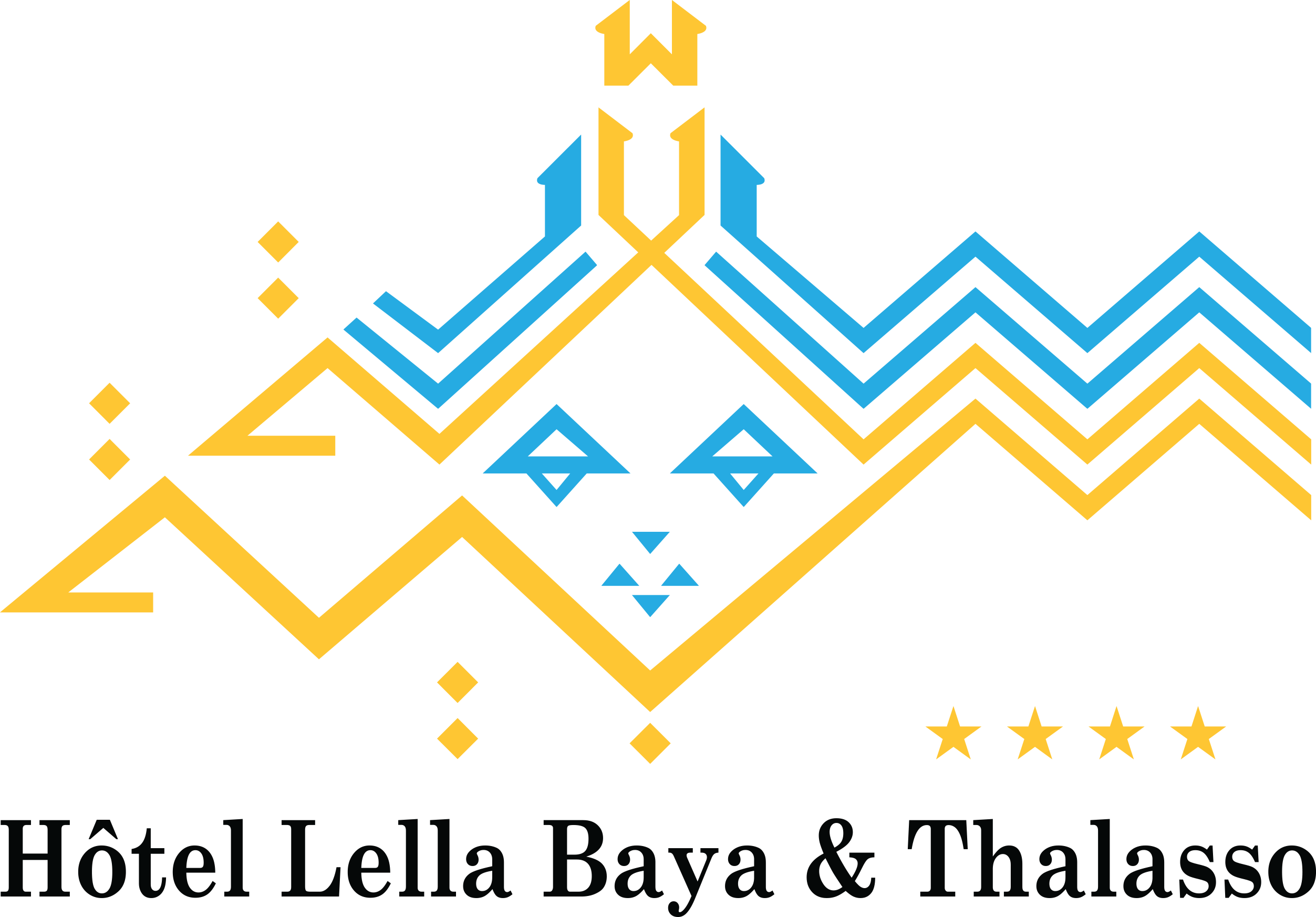What race are Armenians?
Arab Caliphates, Byzantium and Bagratid Armenia

After the destruction of the last remaining unbiased Armenian states within the Middle Ages, the nobility disintegrated, leaving Armenian society composed of a mass of peasants plus a center class who had been both craftsmen or merchants. Such Armenians were to be found in most cities of Transcaucasia; certainly, firstly of the 19th century they shaped the majority of the population in cities similar to Tbilisi. Armenian retailers performed their commerce across the world and many had arrange base inside Russia.
First Republic of Armenia
Thousands of Armenians demonstrated in Yerevan because of the USSR’s inability to deal with easy ecological considerations. Later on, with the battle in Karabakh, the demonstrations obtained a extra nationalistic flavour. Many Armenians started to demand statehood. The Sassanid Persians occupied Armenia in 252 and held it until the Romans returned in 287. The historical past of Armenian brandy begins in 1887, within the winery of Armenian service provider N.
Brief historical past
It was the favourite alcoholic drink of Joseph Stalin, Franklin D. Roosevelt and Churchill at the Yalta conference at 1945. Harissa is a porridge manufactured from wheat and meat cooked together for a very long time, initially within the tonir but these days over a range. Ardashes Hagop Keoleian referred to as it the « national dish » of Armenians.[sixteen] Traditionally, harissa was prepared on feast days in communal pots.
They settled in massive numbers in Cilicia, an Anatolian region the place Armenians had been already established as a minority since Roman times. In 1080, they founded an unbiased Armenian Principality then Kingdom of Cilicia, which turned the main focus of Armenian nationalism. The Armenians developed shut social, cultural, military, and religious ties with close by Crusader States,[73] however finally succumbed to Mamluk invasions.
In 1967, a memorial to the victims of the Armenian Genocide was built on the Tsitsernakaberd hill above the Hrazdan gorge in Yerevan. This occurred after mass demonstrations took place on the tragic event’s fiftieth anniversary in 1965. In 1920, Turkish nationalist forces invaded the fledgling Armenian republic from the east.
The complexion varies from an olive to darkish and most of them have black or brown hair. Eye colour varies from black and hazel to gentle gray and sometimes blue. Usually, Armenians have brown/dark brown eye shade. They like to assemble with their family and close pals throughout special occasions and never solely. During these occasions, be it weddings, birthday parties or Christenings, Armenians are always happy to spend their money and time generously.
In 1936, the Transcaucasian state was dissolved, transforming its constituent states, together with the Armenian Soviet Socialist Republic, into full Union republics. The trendy Republic of Armenia turned unbiased in 1991 through the dissolution of the Soviet Union.
According to estimates some 500,000,[30][31] seven hundred,000[32] or 1,000,000[33] Armenians resided in Krasnodar. « Percentage of Mountain Area per Country (map) ». Archived from the original on 9 January 2019.
Khachatrian, Ruzanna (14 October 2004). « Opposition MP Slams Armenian Church For Backing Government ». « Central results of non secular education in Armenia from Ancient Times to Post-Soviet Armenia ». In Wolhuter, Charl; de Wet, Corene (eds.). International Comparative Perspectives on Religion and Education.
« Armenian opposition candidate accuses prime minister of election violations », Associated Press (International Herald Tribune), 19 February 2008. Peace convention, 1919 Armenia [from previous catalog (1919).
As a result of this, the number of Armenians within the Middle East, who all lived either in Qajar Iran or the Ottoman Empire, became decreased. The Armenian royalty had at all times kept shut contact with neighbouring Persia. In the first century B.C., Tigranes the Great, the King of Kings of the Armenian Empire, dominated over a big a part of the area. Armenians have a millennia long native historical past in the region, and are part of the indigenous inhabitants of northwestern Iran, as well as many of the oldest Armenian churches, chapels, and monasteries are located there.
The 2011 census counted 13,996 Catholics. Most Jews, Mormons, Baha’is, Eastern Orthodox Christians, and Western Catholic (Latin Rite) Christians reside in the capital Yerevan, which has attracted a higher number of peoples. Yerevan also has a small neighborhood armenian beauty of Muslims, together with ethnic Kurds, Iranians, and short-term residents from the Middle East. Foreign missionary groups are lively in the nation.
Independent Armenia (1991-right now)
Armenian women have attained prominence in entertainment, politics and different fields.
The Mother Cathedral is probably the most recognised landmark of the Armenian Church. Built and consecrated by St. Gregory the Illuminator and St. Trdat the Great in AD 303, the Cathedral is located within the metropolis of Vagharshapat, Armenia.
From Canada, a bunch of younger college students and volunteers under the CYMA – Canadian Youth Mission to Armenia banner arrived in Ararat Region and became the first youth group to contribute to the newly unbiased Republic. On 20 February 1988, interethnic preventing between the ethnic Armenians of Nagorno-Karabakh and Azerbaijanis broke out shortly after the parliament of Nagorno-Karabakh, an autonomous oblast in Azerbaijan, voted to unify the region with Armenia. The Nagorno-Karabakh struggle pitted Armenians of Nagorno-Karabakh, backed by Armenia, against the Army of Azerbaijan. Soviet Armenia participated in World War II by sending tons of of hundreds of troopers to the front line so as to defend the « Soviet motherland. » Soviet rule had some positive elements.

